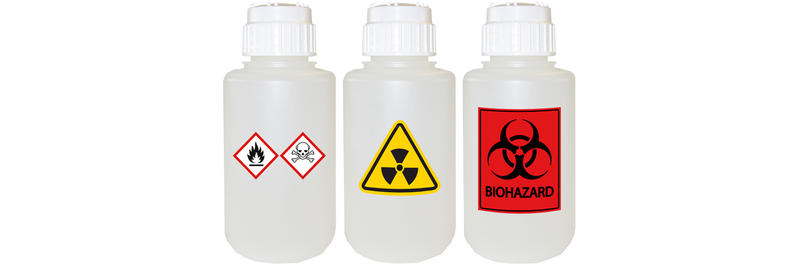The Of Reclaim Waste
The Of Reclaim Waste
Blog Article
Reclaim Waste - Questions
Table of ContentsReclaim Waste Fundamentals ExplainedGetting The Reclaim Waste To WorkThe Basic Principles Of Reclaim Waste Some Ideas on Reclaim Waste You Should KnowReclaim Waste Things To Know Before You Buy
Domestic sewage waste refers to the waste and items from a domestic septic container. The proper monitoring and disposal of domestic sewer waste require liquid waste to be moved to a sewage treatment plant where the appropriate methods and devices are applied to cleanse and dispose of waste.
Commercial waste usually includes possible hazards, such as combustible products or a mix of fluid and strong waste products, and requires an extra advanced and thorough disposal process. The disposal of business waste typically includes the purification of waste before transportation to make certain secure and proper disposal. Industrial waste is created from by-products and overflow of commercial processes and production.
This type of waste can not use the exact same sewage management transport or processes as septic or business fluids. The hazardous waste monitoring procedure calls for the evaluation and screening of liquid waste prior to it undertakes the disposal process (industrial wastewater treatment). Overflow waste is the fluid waste that comes from overflow and excess stormwater in extremely inhabited areas or cities
Drainage waste can create contamination and flooding if not handled appropriately. Making sure proper waste management can protect against disasters and reduce environmental harm.
Reclaim Waste Fundamentals Explained
Get in touch with PROS Providers today to learn more about our waste administration and disposal solutions and the proper methods to take care of the fluid waste you generate.
(https://www.openstreetmap.org/user/reclaimwaste1)This supposed 'wastewater' is not just a vital resource yet, after therapy, will be released to our land, rivers or the sea. Used water from commodes, showers, baths, cooking area sinks, laundries and commercial processes is understood as wastewater.

water used to cool down equipment or tidy plant and equipment). Stormwater, a type of wastewater, is drainage that flows from agricultural and city locations such as roofings, parks, gardens, roads, paths and gutters into stormwater drains, after rainfall. Stormwater moves unattended straight to neighborhood creeks or rivers, at some point getting to the sea.
Reclaim Waste Can Be Fun For Everyone
In Queensland, a lot of wastewater is dealt with at sewage therapy plants. Wastewater is carried from residential or commercial sites with a system of drains and pump terminals, called sewerage reticulation, to a sewage therapy plant. City governments develop, preserve and run most sewage treatment plants. Operators are licensed under the Environmental Management Act 1994 to release treated wastewater at an appropriate environmental requirement into rivers.
The Department of Natural Resources recommends neighborhood governments about handling, operating and maintaining sewerage systems and treatment plants. In unsewered locations, city governments might need homeowners to set up specific or household sewer therapy systems to treat residential wastewater from toilets, kitchen areas, bathrooms and laundries. The Division of Natural Resources authorizes the usage of house systems when they are shown to be efficient.
In some new communities, therapy of some stormwater to get rid of trash, sand and crushed rock has begun making use of gross toxin traps. Wastewater therapy happens in 4 stages: Removes strong issue.
Wastewater then streams into big containers his comment is here where solids settle and are eliminated as sludge. Grease and residue are skimmed from the surface. Uses little living microorganisms referred to as micro-organisms to damage down and get rid of staying liquified wastes and great fragments. Micro-organisms and wastes are incorporated in the sludge. Eliminates nitrogen and phosphorus nutrients that can create algal flowers in our rivers and threaten marine life.
Some Known Facts About Reclaim Waste.
Nutrient elimination is not available at all sewage treatment plants due to the fact that it requires pricey specialised devices. Clear liquid effluent produced after treatment may still consist of disease-causing micro-organisms - liquid waste disposal melbourne.

Many wastewater flows right into the sewerage system. Under the Act, neighborhood governments administer authorizations and licences for eco pertinent activities (ERAs) entailing wastewater launches that might have a local impact.
The Of Reclaim Waste
Otherwise, samples are taken for research laboratory analysis. Commonly many examinations are required to establish the levels of each of the various pollutants such as oils, heavy metals and chemicals in water. Surveillance provides accurate info concerning water quality and can verify that licence conditions are being fulfilled. The details obtained through tracking gives the basis for making water top quality decisions.
Report this page